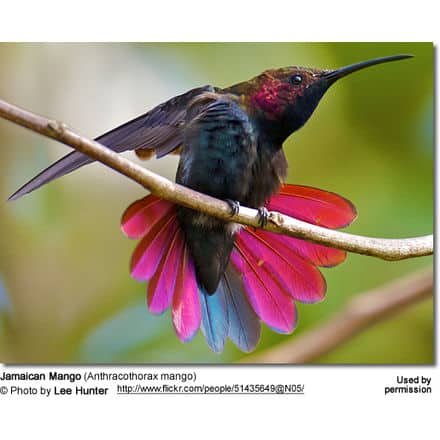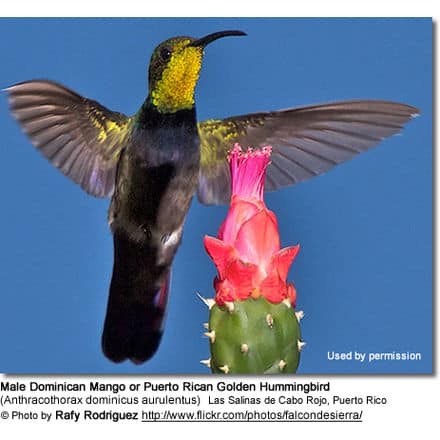Clay-colored Robin (Turdus grayi)
The Clay-colored Robin or Clay-colored Thrush (Turdus grayi) is a common Central American bird of the thrush family. It is the national bird of Costa Rica.
Description:
In general appearance and habits it resembles other Turdus thrushes such as the American Robin. It is about the same length or slightly smaller: 23-27 cm (9-10.5 in), and weighs 74-76 g (2.6 oz.) on average.
The plumage is brownish, somewhat lighter below than above, lightest on the flanks. Birds from humid regions are darker than those from dry regions.
The throat is faintly streaked. Immature birds have faint mottling on the back and underparts.
The bill is greenish-yellow with a dark base, the legs are pinkish or flesh-colored, and the irides (= plural of iris) are reddish-all useful identification points.
Song:
The song, rather low-pitched and with a slow steady tempo, consists of many slurred musical phrases which are often repeated irregularly. The tock flight call is like the American Robin’s but harsher.
Distribution and Habitat
The Clay-colored Robin ranges from northeastern Mexico to northern Colombia; west and north of the Isthmus of Tehuantepec it’s limited to the Atlantic slope, except for a population around Oaxaca City that probably originates from cage birds. It occurs rarely in south Texas, mostly in winter, and has bred there.
Its habitat is open areas with trees or hedges and forest edges. In much of its range it is familiar in yards and gardens, similar to some other thrushes such as the American Robin, the Eurasian Blackbird, and the Song Thrush.
The Costa Ricans chose the yigüirro, as they call it, over many more spectacular birds, perhaps because of this “friendly” nature, but also because its song is said to call the rains.
It usually forages for fruit or invertebrates (= animals without internal skeleton, such as insects, larvae, earthworms, millipedes, snails, spiders) on the ground or near it, singly or in pairs, but flocks may feed high in fruiting trees. It will follow army ants to feed on small prey disturbed by the ant columns.
Breeding:
The Clay-colored Robin builds a heavy cup nest of grass, moss, and mud on a firm support above the ground, which may include human constructions such as windowsills. It lays 2 to 4 pale blue eggs with red-brown and gray markings between March and July and may double-brood. It is aggressive in defence of its nest, but is not otherwise particularly territorial.





